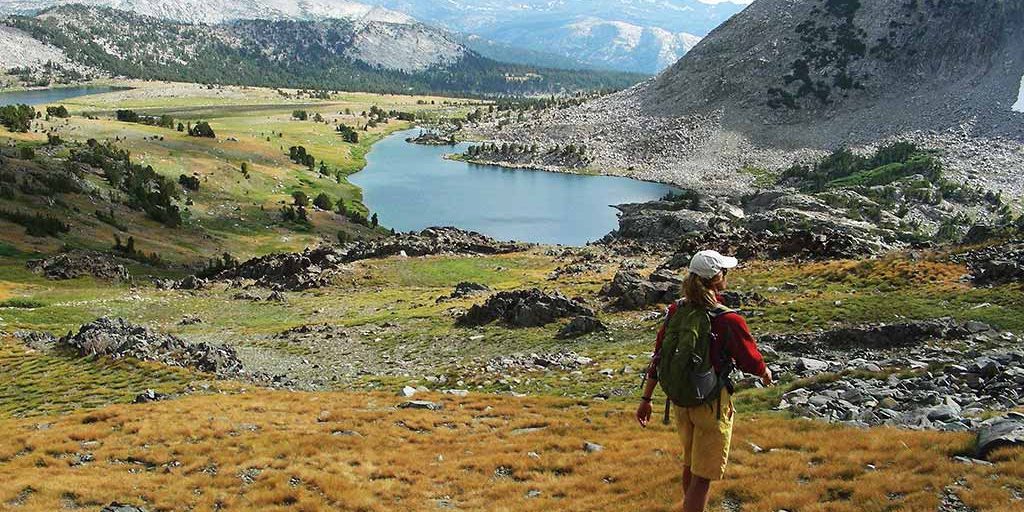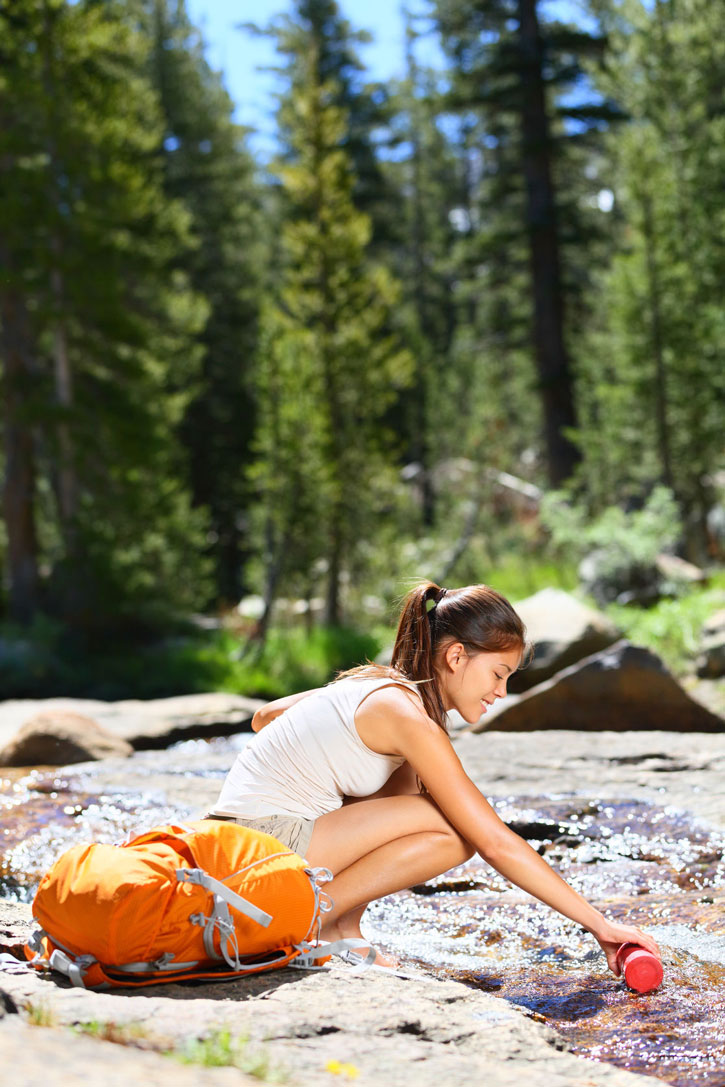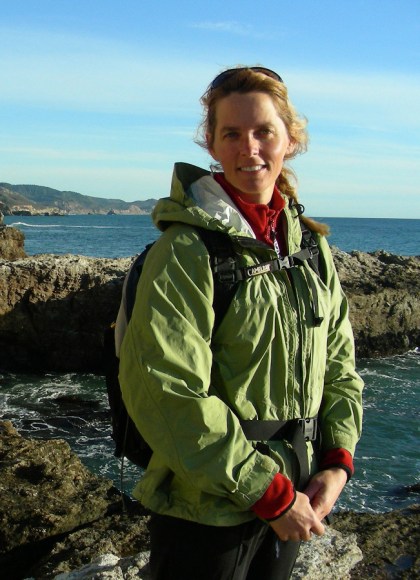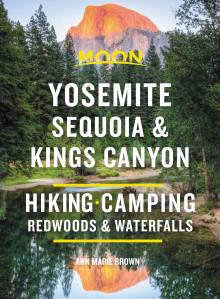Yosemite Hiking Health and Safety

By far the biggest dangers to be faced in Yosemite are those created by visitors who don’t follow posted rules and regulations. If a sign states “Stay Back from the Edge,” obey it. Be wary of waterfalls, slick hiking trails, and cliffs and ledges with steep drop-offs. Remain on the trails to avoid getting lost or getting yourself into a hazardous situation. Always carry a good map. If you are heading out for a hike, tell someone where you are going and when you will be back. Carry a day pack with all the essentials for a day out and a few emergencies.
The Yosemite Valley Medical Clinic (Ahwahnee Dr., Yosemite Valley, 209/372-4637) can handle most emergencies big and small. In fact, they handle about 9,000 of them every year. The clinic has an experienced nursing staff, emergency physicians, a nurse practitioner, and support staff on duty. Emergency care is available 24 hours a day; drop-in and urgent care are available daily 8am-7pm. The nearest hospitals are in Sonora, Oakhurst, Merced, and Mammoth Lakes.
Drinking Water
Always carry water with you or be able to filter or purify water from natural sources like lakes, rivers, or streams. The high-elevation air in the Sierra Nevada, combined with heat and/or wind, will dehydrate you much faster than you expect. Never, ever drink water from a natural source without purifying it. The microscopic organism Giardia lamblia, as well as other types of bacteria, may be found in backcountry water sources and can cause a litany of gastrointestinal problems. Only purifying, sterilizing, or boiling water from natural sources will eliminate these bad bugs.

Carrying several large bottles of water is heavy and cumbersome, so if you are hiking for more than a few hours, it may be impossible to bring enough water with you. A purifier or filtering device can substantially lighten your load. A favorite of many day hikers and backpackers is the Steripen, a purifier that sterilizes water using ultraviolet light. Dip your widemouthed water bottle into a lake or stream, then turn on your Steripen, immerse it in your bottle, and stir it around. In about 90 seconds, you have water that’s safe to drink.
Other options include the bottle-style filters, such as the Exstream made by Katadyn, which are almost as light as an empty plastic bottle and eliminate the need to carry both a filter and a bottle. Dip the bottle in the stream, screw on the top (which has a filter inside it), and squeeze the bottle to drink. The water is filtered on its way out of the squeeze top.
“Old-school” ceramic water filters also work well, especially if you are filtering large amounts of water. Several companies such as Katadyn, Vario, and MSR make these types of ceramic filters.
Newsletter Signup
By clicking ‘Sign Up,’ I acknowledge that I have read and agree to Hachette Book Group’s Privacy Policy and Terms of Use
Altitude Sickness
Many hikers experience shortness of breath when hiking only a few thousand feet higher than the elevation at which they live. If you live on the California coast, you may notice slightly labored breathing while hiking at an elevation as low as 4,000 feet (the exact elevation of Yosemite Valley). As you go higher, it may get worse, sometimes leading to headaches and nausea. It takes a full 72 hours to acclimate to major elevation changes, although most people feel better after 24-48 hours.
The best preparation for hiking at high elevation is to sleep at that elevation, or as close to it as possible, the night before. If you are planning a strenuous hike at 7,000 feet or above, spend a day or two beforehand taking easier hikes at the same elevation. Get plenty of rest and drink plenty of fluids. Lack of sleep and drinking alcohol can contribute to a susceptibility to “feeling the altitude,” which for most people simply means they feel like they are constantly struggling to catch their breath as they hike, especially going uphill.
Serious altitude sickness typically occurs above 10,000 feet. It is generally preventable by simply allowing enough time for acclimation. Staying fully hydrated and fueled with food will also help. If you start to feel ill (nausea, vomiting, severe headache), you are experiencing altitude sickness. Some people can get by with taking aspirin and trudging onward, but if you are seriously ill, the only cure is to descend as soon as possible.
Lightning Strikes
If you see or hear a thunderstorm approaching, avoid exposed ridges and peaks. This may be disheartening advice when you’re only a mile from the summit of Clouds Rest or Mount Hoffmann, but follow it anyway. If you’re already on a mountaintop when a thunderstorm is threatening, stay out of enclosed places such as rock caves and recesses. Confined areas can be deadly in lightning storms. Do not lean against rock slopes or trees; try to keep a few feet of air space around you. Squat low on your boot soles, or sit on your day pack, jacket, or anything that will insulate you in case lightning strikes the ground.
Newsletter Signup
By clicking ‘Sign Up,’ I acknowledge that I have read and agree to Hachette Book Group’s Privacy Policy and Terms of Use

